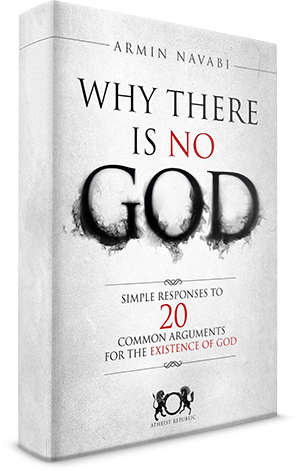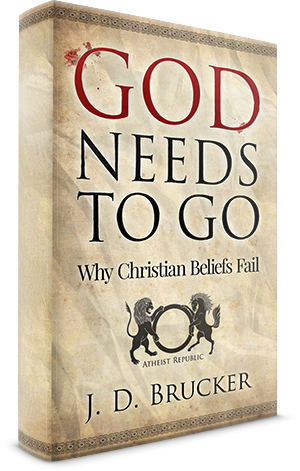
Have you ever heard an apologist say something like this: "These seven facts are accepted by 99% of historical scholars, and the best explanation for these facts is that Jesus rose from the dead." This approach was first offered by a man named Gary Habermas, dubbed the "Minimal Facts Approach", and it is now championed by several apologists on the debate circuit including William Lane Craig, Frank Turek, etc. The knee-jerk tendency (and trap, in the sense that it creates potential vulnerabilities for the skeptic) is to dive into the presented facts and attempt to either discredit them or provide a naturalistic explanation for each. In many cases, there is no return from this rabbit hole, and even if one does emerge relatively unscathed, the believer will still proudly proclaim, "Maybe you can explain one or two naturally, but only the miracle explains all seven perfectly!" Today I will suggest to you a different response; one that does not rely on extensive knowledge of theology and biblical history, but is instead based on sound probability and statistics.
When someone presents a list of facts seeking to establish a "best explanation" (i.e. most probable explanation) they are making an assumption with regard to probability theory - that the presented X facts are *dependent*. In other words, each event impacts the chances of each other event in the set occurring. Unfortunately for the believer, this is where their entire argument loses all persuasive power, since the presented events are always in actuality *INdependent*. Due to the independent nature of said events, it is a probabilistic fallacy to group them together and demand a single explanation. Therefore, since these events are independent, the believer's argument is no stronger than what can be deduced from any one fact individually. It would be up to the believer to demonstrate that their presented facts rely on each other in some impactful way in order to carry on with the original task of requiring and finding a single best explanation.
To give a real-world example of this concept in action, suppose you had a sock drawer filled with 50 white socks and 50 black socks. When choosing one at random, you'd have a 50% or 50/100 chance of selecting either color (let's say you chose a white one). If you were to then choose a second sock without replacing the first, your second draw would be considered dependent because your chances of drawing another white sock have changed- 49/99 or 49%. The miracle-suggester, in presenting historical facts and asking for a single explanation, is insisting that drawing all 50 white socks in a row is so improbable that a miracle must have occurred. However, what he’s failing to explain (and hoping you don’t realize) is that he is replacing the drawn sock back in the drawer each time, making each draw independent of the others, and therefore never altering a single draw's probability from the original 50%. There certainly wouldn't be anything miraculous about a series of white sock draws in that case; just ask anyone who's lost money at the roulette wheel by betting on red after seeing 8 blacks in a row.
You may already be subconsciously familiar with how this probabilistic fallacy sneaks its way into critical thinking. Have you ever been drawn in by the “convincing” set of evidences supporting a 9/11 conspiracy by the US government, or the “convincing” set of evidences suggesting that aliens built the pyramids? People have devoted years to gathering facts regarding these claims, because they believe every additional fact added to the pile makes their proposed conclusion that much more likely. This same process (when combined with confirmation bias) is exactly why so many people are superstitious. They walk under a ladder (for example), then start grouping bad-luck events over the next few days together as though they were dependent, ultimately coming to the conclusion that "walking under a ladder" is bad luck. Unfortunately for the apologists, the conspiracy theorists, and the superstitious… independent facts do not make a miracle.
In conclusion, all the skeptic has to do to successfully refute an "X facts proves a miracle" argument is to show that the strongest individual fact does not prove the miracle (or for more emphasis, show that each individual fact on its own does not prove the miracle), and explain that true probability theory means there is no further work to be done. The next time you feel persuaded by a number of facts that collectively imply a far-fetched explanation, ask yourself whether these facts truly belong in a collection or not... you may find that their persuasive power is not nearly as strong as it seems.




























